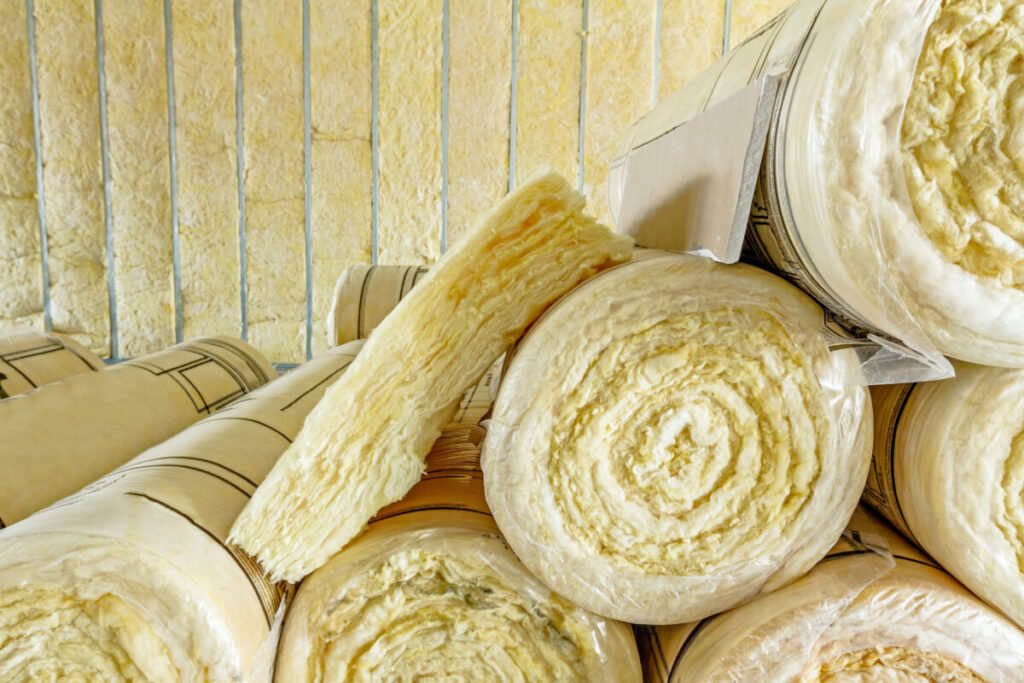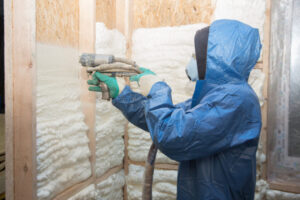There are a lot of common materials that are able to keep things cold and keep ice from melting. They can also be used to keep things warm too.
These common materials can be used to create a makeshift cooler if you're trying to stop ice from melting or they can supplement the insulating properties of your cooler to make your ice last even longer.
There are a lot of good materials that can help you keep things cold. So wherever you are and whatever you need to keep cold you should be able to use one of the below items.
Principles on How To Keep Anything Cold
Before we jump into what materials keep things cold I want to quickly explain why they keep things cold.
Any device or material that keeps things cold works to stop heat transfer in one of three ways.
If you understand these you can apply them to anything you've got lying around and use it to create a container that will keep things cold. Combine all 3 to get the best insulation possible.
Stop Heat Transfer (Conduction)
When a saucepan is touching a hot stove heat is “conducted” into the saucepan making it hot. When things touch each other they can transfer heat through conduction.
Most insulators aim to stop conduction by separating the cold item from the heat source using pockets of air (or a vacuum).
As air doesn't have many particles in it heat struggles to conduct through it.
So when looking for items that keep things cold, it's actually usually the AIR that keeps things cold not the material itself.
Stop Heat Flow (Convection)
If you have a cold bath and pour boiling water in one end you can push that boiling water up to the other end of the bath and feel its warmth.
This is heat convection and the same thing happens in air. Air can flow and take heat with it.
So a lot of insulators aim to stop air flow by creating lots of little isolated bubbles of air that can't flow into each other. This is how styrofoam works.
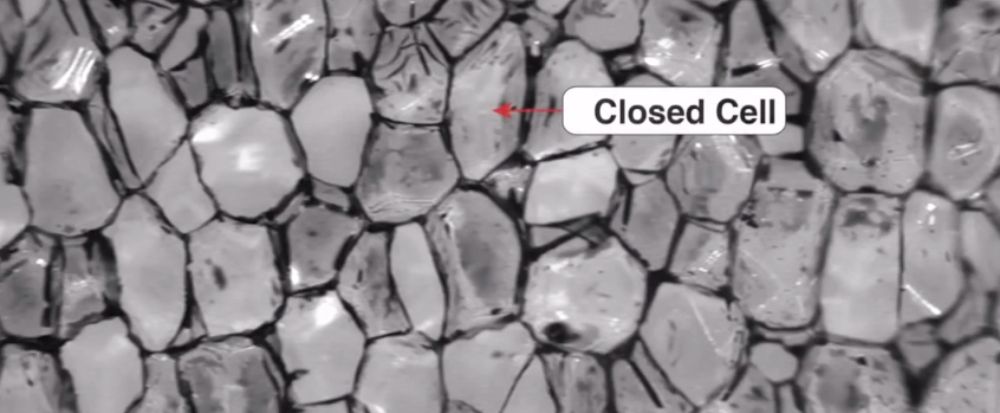
Each “closed cell” contains a pocket of air that can't escape or flow into other pockets. This makes heat transfer harder.
Stop Heat Radiation (Radiation)
Heat radiation is different as it can move through a vacuum. Think of how the sun sends its heat across the vacuum of space and warms up the earth.
Most coolers focus on reducing conduction and convection of heat, not on heat radiation. But some materials are really good at insulating against this type of heat.
Common Materials That Keep Things Cold
Below are 10 common materials that you can use to keep things cold and to keep ice from melting.
1. A Vacuum
A vacuum is by far the best known insulator for keeping things cold.
Wikipedia gives it an R-value of 14-66 per inch. Compare this to white styrofoam with an R value of 3.6-4.7 and you can see just how incredible a vacuum is at keeping things cold.
However, a vacuum is not a “material”, it is actually a lack of material.
To create a vacuum you need an inner and outer wall with a space in between to create the vacuum. You then suck out all the air and seal it off to maintain the vacuum.
This is how Hydro Flasks work. They have an inner and outer wall and in between them in a vacuum.
The vacuum does the insulating, not the stainless steel the bottles are made out of.
It's not really something you can create easily at home as sealing off the vacuum is difficult. But bottles like Hydro Flask or insulated cups like those from Yeti contain vacuums and can be used to keep things cold.
See the latest prices of Hydro Flask bottles at Amazon

2. Aluminium
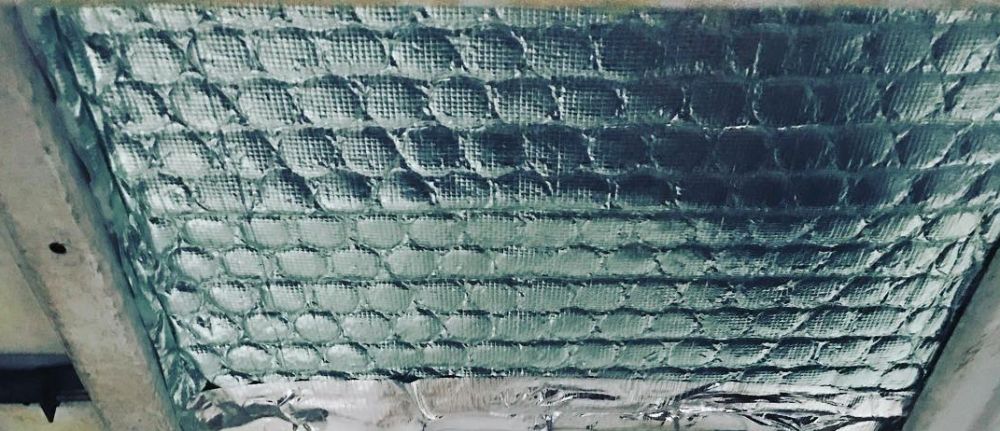
Aluminium is one of the best insulators of heat radiation and reflects almost all heat radiation back to its source.
Radiation heat is different from the kinetic energy heat that gets stopped by a vacuum. Radiation heat can pass through a vacuum and most materials aren't great at stopping it.
While aluminium is great at reflecting heat radiation it's not good at stopped heat conduction (when something hot is touching it). Read more about whether or not aluminium foil is a good insulator.
So generally to get the full advantages of aluminium you want to pair it up with something that stops the heat conduction. This is why bubble wrap, styrofoam or another insulator is often paired with aluminium.
Another way to do it is to scrunch your aluminium and give it multiple layers. This traps air bubbles between each layer which helps to minimise heat conduction.
3. Polyurethane (like in Yeti Coolers)
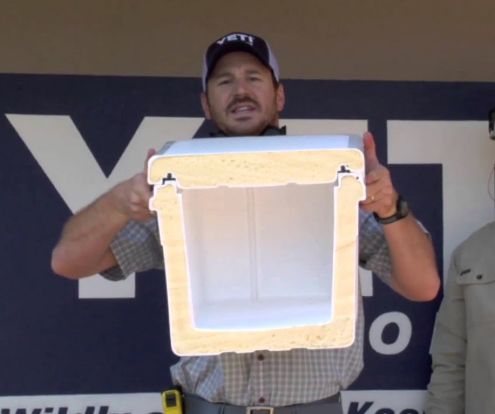
Expensive coolers like Yeti and other brands use a thick polyurethane insulation that is pressure injected into the coolers.
This type of insulation is better than the styrofoam insulation used in cheaper coolers as the air bubbles are smaller and more closed off from each other.
It's heavier than styrofoam though which can be a downside.
While this is not a common material you might have lying around your house Yeti coolers (and brands like Yeti) are super popular these days and a lot of people own coolers with polyurethane insulation.
These are so effective at insulating ice that they are able to keep ice for 4+ days and in some cases even keep ice as long as 2 weeks without it all melting!
See the latest prices of Yeti coolers at Amazon
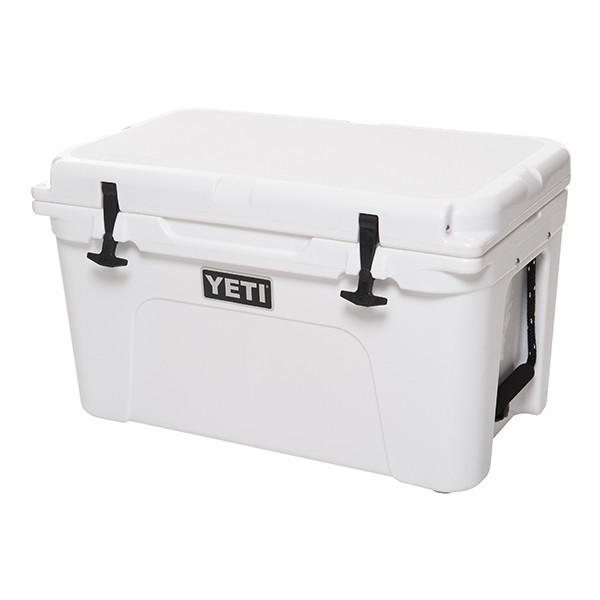
4. Styrofoam
Styrofoam is a common insulator that is often used to ship products that need to stay cold for an extended period of time.
It's extremely cheap and also very lightweight which makes it the perfect product for this.
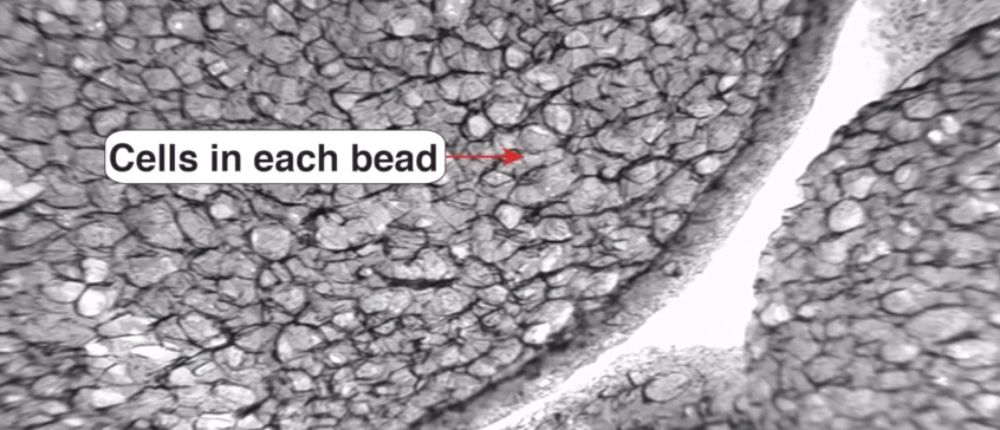
It's full of tiny white balls, each with have millions (if not billions) of tiny closed-cell air pockets which stop the transfer of heat. Learn more about how styrofoam works as an insulator.
Many cheaper plastic coolers use styrofoam insulation inside them as their main insulator and you can also get styrofoam coolers without hard plastic shells.
Styrofoam is often used in packaging for more fragile products as it can compress quite easily and therefor protects delicate objects if they are dropped.
The styrofoam used to package delicate items or used in disposable food containers or disposable cups can all be used to keep things cold.
See the latest prices of styrofoam coolers at Amazon
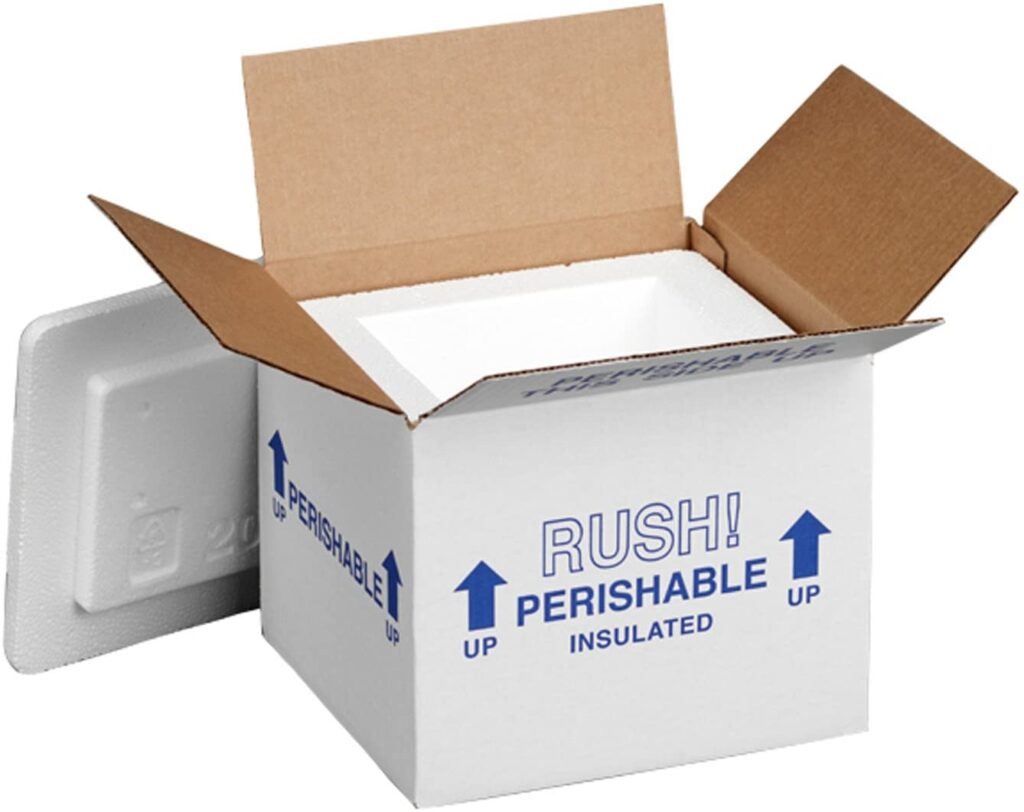
5. Plastic
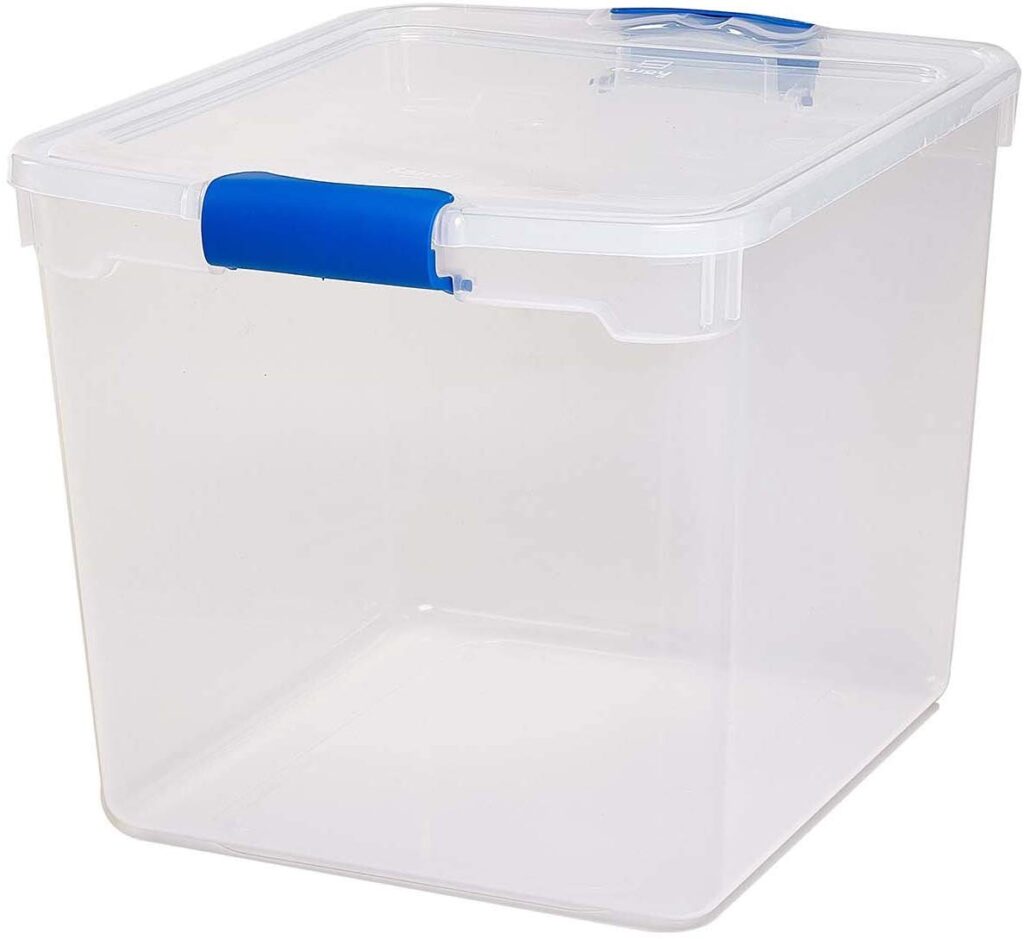
The majority of plastics are good thermal insulators and good at stopping heat from moving through them. This is due to their chemical composition and the way they are made.
Thin plastic by itself won't stop much heat, but it will still stop more than thin metal.
But thick plastic is a very good insulator. Add in some air pockets through the use of things like bubble wrap, rice, tissues, paper, whatever and you can create a makeshift cooler quite easily.
Click here to learn how to stop ice from melting without a cooler.
6. Fiberglass Insulation
Like most other materials on this list fiberglass is a good insulator becacuse it limits air movement in the space that it occupies.
Air gets trapped between the fibrous strands of the fiberglass and can't flow out. This means that warm air struggles to move through fiberglass making it a good conductor.
7. Wood
Surprisingly wood can actually be used as an insulator to keep things cold. It's not nearly as good as something like styrofoam but it's still better than nothing and way better than things like glass or concrete.
According to wikipedia most soft woods have an R-value of 1.41 while hardwood isn't as insulating with an R-value of 0.71.
Compared to styrofoam at R-3.6-4.7 or polyurethane at around R-6.8 it's not very good. But compared to glass at R-0.14 you can see it is significantly better than glass.
While wood has the ability to absorb water if it remains wet for a long period of time, for a short time period it should be fine.
Most people can easily find wood lying around to create a makeshift cooler and to make it even more effective why not add a layer or aluminium foil to increase its insulating properties further.
8. Wool/Cotton/Straw
Fibers like wood, cotton and straw all work similar to fiberglass. Their fibers stop air from easily moving around making them a good insulator.
9. Cardboard and Paper
Another surprising one, cardboard and paper have good insulating properties as long as they don't get wet.
Cardboard is better than wood at insulating and even better than straw bales. It has about half the insulating ability of styrofoam but that's still pretty good given it's just cardboard.
However, if the cardboard or paper gets wet then heat can move easily through the water and it loses it's insulating properties.
This is why cardboard and paper are good for keeping dry ice for longer as dry ice turns directly into a gas and so won't make them wet.
10. Felt
With felt, rather than the fibers being woven together like in other materials, they are matted and pressed together. This makes them great for stopping airflow and stopping heat transfer.
The same insulating properties that make it great for keeping you warm in those winter clothes can actually keep things cool and can keep ice frozen.
Again you don't want it to get wet or it loses a lot of it's insulating properties.
There you have 10 common materials that can keep things cold. Got anything else you want added to this list? Let us know in the comments section down below.

